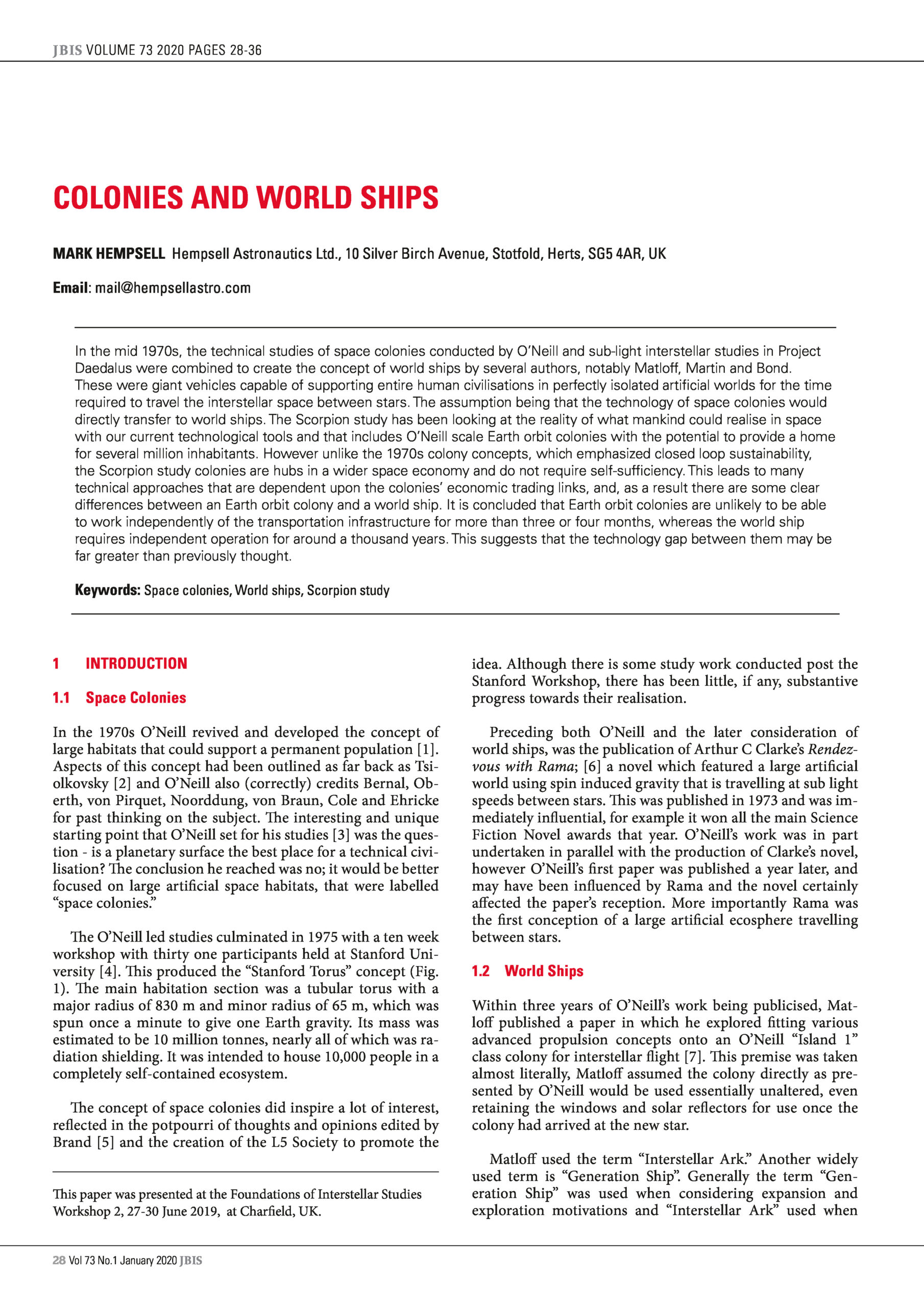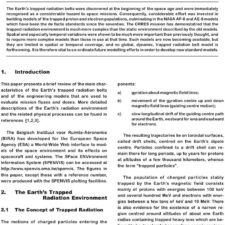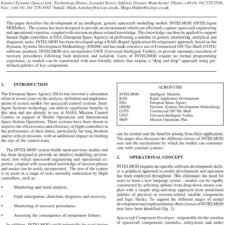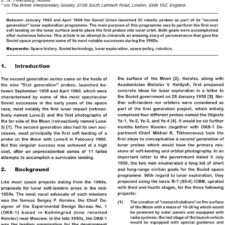Colonies and World Ships
£0.00
M. Hempsell (2020), JBIS, 73, pp.28-36
Refcode: 2020.73.28
Keywords: Space colonies, World ships, Scorpion study
Abstract:
In the mid 1970s, the technical studies of space colonies conducted by O’Neill and sub-light interstellar studies in Project Daedalus were combined to create the concept of world ships by several authors, notably Matloff, Martin and Bond. These were giant vehicles capable of supporting entire human civilisations in perfectly isolated artificial worlds for the time required to travel the interstellar space between stars. The assumption being that the technology of space colonies would directly transfer to world ships. The Scorpion study has been looking at the reality of what mankind could realise in space with our current technological tools and that includes O’Neill scale Earth orbit colonies with the potential to provide a home for several million inhabitants. However unlike the 1970s colony concepts, which emphasized closed loop sustainability, the Scorpion study colonies are hubs in a wider space economy and do not require self-sufficiency. This leads to many technical approaches that are dependent upon the colonies’ economic trading links, and, as a result there are some clear differences between an Earth orbit colony and a world ship. It is concluded that Earth orbit colonies are unlikely to be able to work independently of the transportation infrastructure for more than three or four months, whereas the world ship requires independent operation for around a thousand years. This suggests that the technology gap between them may be far greater than previously thought.





